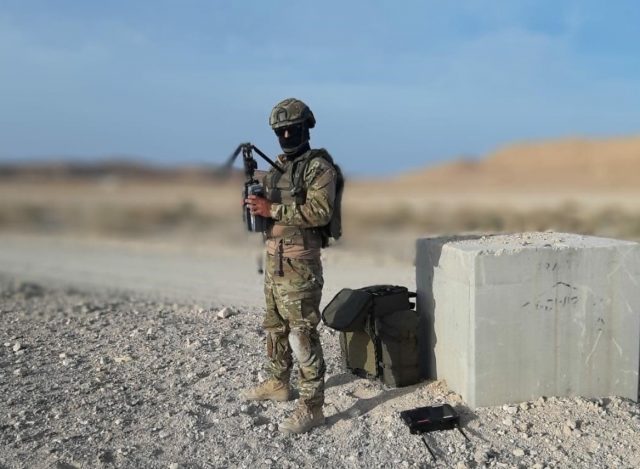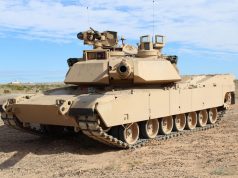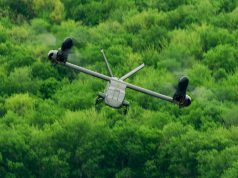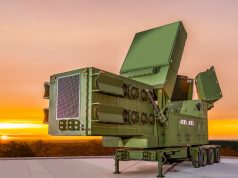The US Army has evaluated the Israeli-developed Spike Firefly loitering munition during the recent Expeditionary Warrior Experiment 2022.
The missile system’s developer, Rafael Advanced Defense Systems, and its US subsidiary RSGS, demonstrated the munition at Fort Benning to US, British and Dutch soldiers attending the event.
Rafael developed Spike Firefly together with the Israeli defense ministry and the system is in service with the Israel Defense Forces and is known as “MAOZ.”
The missile weighs only 3 kg and provides behind-cover precision attack capabilities for the dismounted soldier.
It is part of the Spike family of precision guided electrooptical missile systems, a portable vertical take-off and landing (VTOL) miniature tactical loitering munition designed for ground organic precision strike for close combat forces in any environment. The munition includes an advanced multispectral seeker with both uncooled IR sensor, high-definition CMOS day sensor as well as a proximity sensor allowing the system to detect, identify, track & home on very agile targets. In addition to the seeker the munition includes an encrypted data link and a lethal blast fragmentation warhead.
During the assessment over a two-day period seven infantry squads were qualified in operation of the weapon system using inert rounds and an embedded trainer (simulation of operation as part of the Firefly control unit). Following the training the squads participated in force-on-force exercises within an urban area deploying the Firefly munitions in different tactical scenarios to support infantry squad maneuver while enhancing both survivability, situational awareness, and lethality.
As part of the assessment the operators fired a live inert Firefly munition intercepting an enemy sniper position in an upper floor of a structure simulating a scenario in which the whole platoon is under suppressive fire with the need to detect and engage the threat while the force is taking cover.
The demonstration was staged at a time when loitering munitions are gaining popularity, in part due to the Russian invasion in Ukraine. The United States has announced transfer of two different loitering missiles to Ukraine following Russia’s launch of the invasion in February this. In addition to the already known Switchblade “kamikaze drones,” the US revealed it had developed a system specifically designed for Ukraine’s operational needs in mind, and that a record time.
“We were greatly honored to present the advanced SPIKE FIRELFY loitering munition system for assessment by the AEWE team. We learned a lot from the exercise and received positive feedback from the US Army operators,” LTG (Ret). Joe Anderson, president and CEO of Rafael Systems Global Sustainment, commented.
“British soldiers from the Household Cavalry Regiment experimenting on AEWE found that a miniature loitering munition capability, represented by Firefly, could enable platoons to deliver effects that they currently rely on higher echelons for,” Major Pete Guo, from the UK Infantry Trials and Development Unit, added.



























